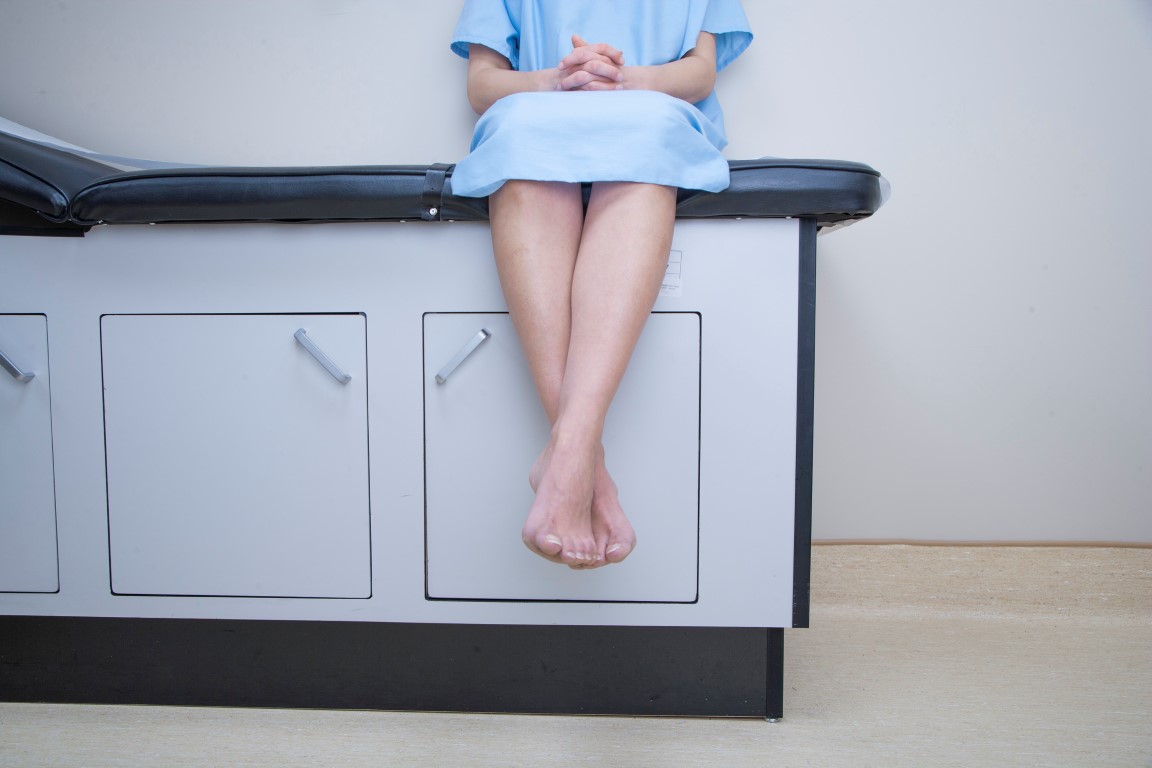
The total care concept is a win-win experience for patients, primary care providers, and supporting specialists. The expression “great minds think alike” comes to mind when visualizing an effective plan of recovery from any type of surgery or injury. The individual who has the most influence over the plan’s success, however, is the patient. It’s vital for him or her to understand the purpose of each step, such as prescribed medicine, return visits, and rehabilitation techniques, because that is an incentive to perform exercises and keep appointments.
It takes time to heal. Ask how certain physical therapy exercises help with rehabilitation. Avoid overdoing prescribed exercises and stick with the home exercise program (HEP) that’s specially designed for you. Some activities hurt, and your total care team understands that you may hesitate a moment before doing the exercise. Keep with the program and you’ll notice improvement. That’s encouragement to continue. An organized documentation of your progress has the same effect.
Care and treatment are personalized. Your body may be unable to return to pre-injury status. As the plan’s hub, it’s important for you to understand:
- recovery expectations.
- dangers of overdoing.
- ways to compensate for parts damaged beyond repair.
- why it’s important to follow the plan from start to finish.
Physical therapy typically extends past formal treatment. Office visits let your therapist explain the benefits of prescribed exercises and demonstrate how to do them at home. Complete your HEP daily during the formal and informal treatment period. Exercises and the amount of repetitions often change. Do what’s recommended. Avoid taxing your body by going beyond the PT’s limits. The following three reasons explain why it’s important to follow professional advice:
- Surgically repaired joints may require as much as a year to completely heal.
- Soft tissues injuries feel better in a short time, but need several months before full rehabilitation is achieved.
- Even though you feel stronger after a month or so of workouts and rehab, it’s a result of improved neuromuscular activity and not a sign of complete healing.

The recent buzzword “transparency” is an important part of patient records. Ask to review your file, including the notes made during each visit. It’s a helpful refresher about achievements to date and how far you’ve traveled on the path to recovery. It also gives you the opportunity to question anything you don’t understand or believe is vague or incorrect. When treatment is part of a value-based network, records are accessible to the primary care providers and supporting specialists involved with your rehabilitation process. It’s an additional way to confirm your prescribed plan and the care you get meets your needs.


